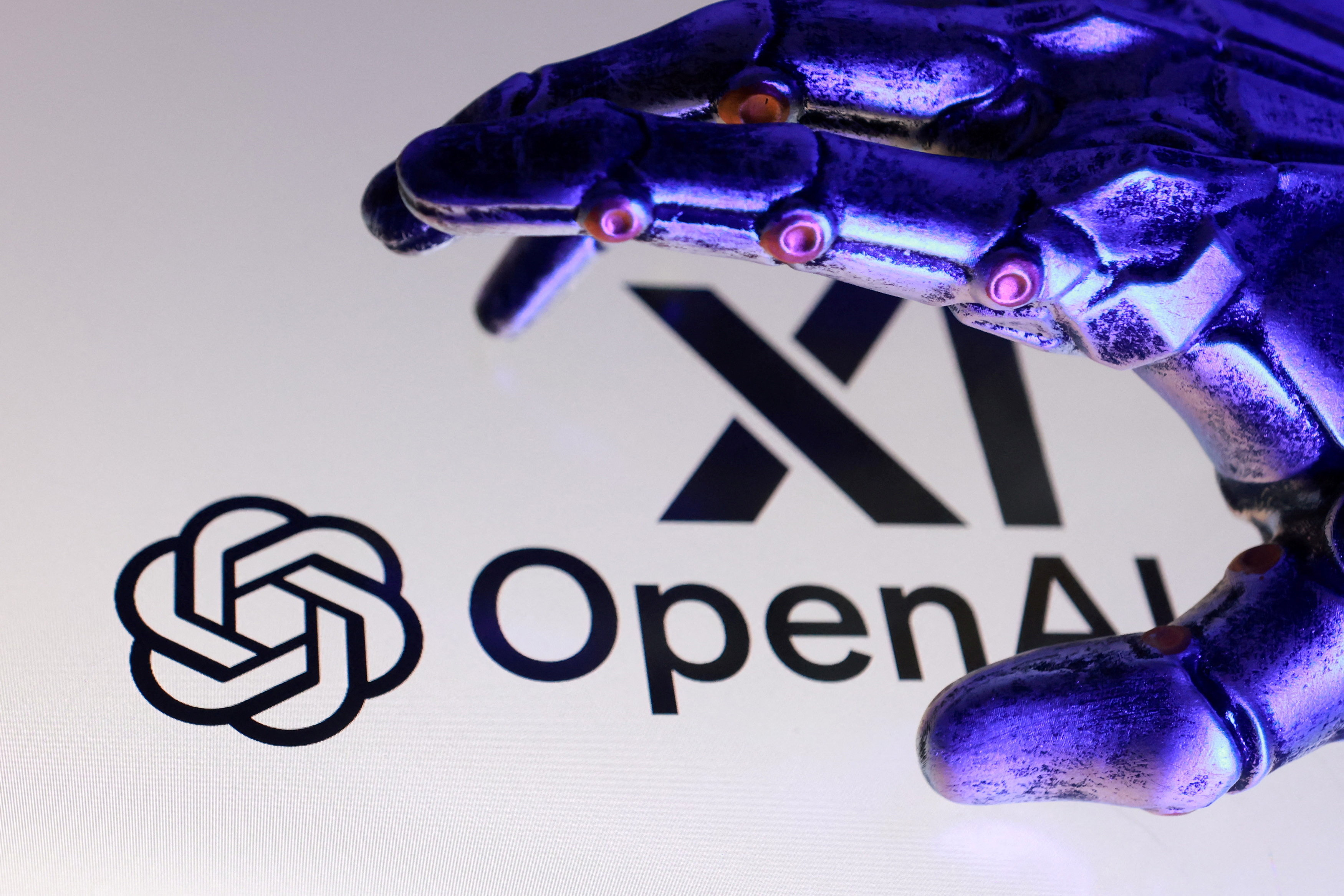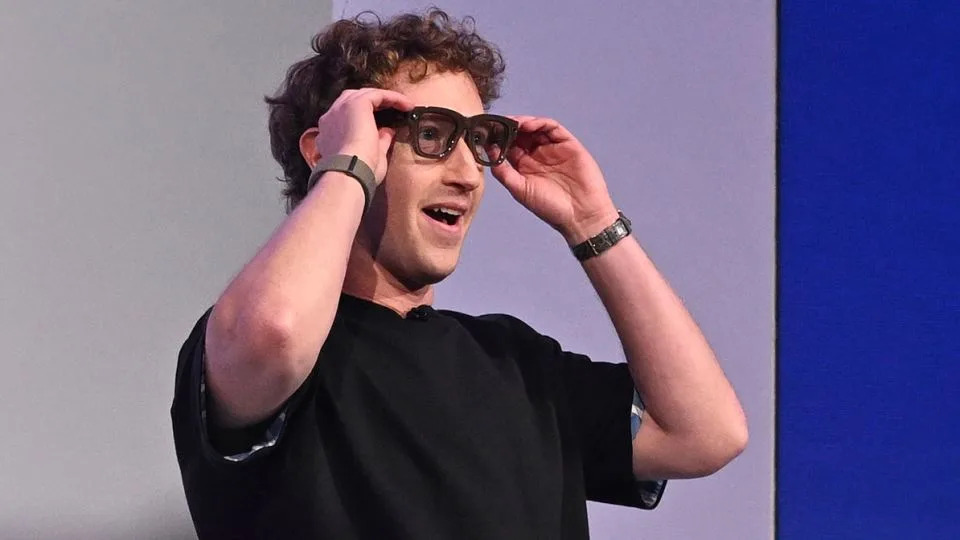Robin, an artificial intelligence (AI) robot mimicking a 7-year-old girl, provides emotional support to hospitalised children and nursing home residents, helping address loneliness and healthcare staff shortages.
Developed by Expper Technologies, Robin actively engages with patients—remembering names, playing games, and mirroring emotions. Operating partly autonomously, it supports overworked medical staff while gradually advancing toward greater independence and more medical functions.
Shortly after her 6-year-old son Luca was diagnosed with leukemia, Meagan Brazil-Sheehan encountered Robin the Robot in UMass Memorial Children’s Medical Center. The robot greeted Luca warmly with a high-pitched voice programmed to sound like a 7-year-old girl. It remembered having met him days earlier, a moment that brought joy to the family.
Robin is a 4-foot-tall therapeutic robot powered by artificial intelligence, designed to act like a young girl and offer emotional support to patients in hospitals and nursing homes. It also helps relieve pressures on staff amid widespread shortages. Since its US introduction five years ago, Robin has been deployed in 30 healthcare facilities across California, Massachusetts, New York, and Indiana.
Karen Khachikyan, CEO of Expper Technologies, explained that nurses face heavy workloads and limited ability to provide emotional connection to patients. Robin steps in to fill this engagement gap. The robot functions with about 30% autonomy; the rest is controlled remotely by operators under clinical supervision. Each patient interaction provides data, supporting progress towards greater independence, all while complying with HIPAA privacy rules.
At HealthBridge Children’s Hospital in Orange County, California, staff direct Robin’s visits, scheduling time with each patient. The robot engages patients by playing favourite songs, such as “No Fear” by DeJ Loaf, playing tic-tac-toe, and wearing silly glasses to amuse young children. Speech language pathologist Samantha da Silva noted that patients ‘light up’ when Robin enters, as it remembers names and preferences, spreading joy throughout the hospital.
Robin mirrors patient emotions, laughing when patients laugh and showing empathy during difficult conversations. In nursing homes, it plays memory games with dementia patients, leads breathing exercises, and provides companionship akin to a grandchild’s presence. Khachikyan recounted an incident where Robin soothed a woman having a panic attack by playing her favourite music and animal videos until she calmed.
With the Association of American Medical Colleges forecasting a shortage of up to 86,000 physicians in the next decade, Expper Technologies aims to extend Robin’s capabilities. Future versions may monitor vital signs, report health data to medical teams, and assist elderly patients with tasks such as dressing and bathroom use. Khachikyan emphasized that Robin is intended to supplement, not replace, healthcare workers.
At UMass Memorial Children’s, Robin also helps educate children about medical procedures. Child life specialist Micaela Cotas described how Robin helped a young patient face an IV by showing an animated cartoon of the process, making the robot a relatable peer.
Robin was created during Khachikyan’s PhD, inspired by his own experience of loneliness growing up in a single-parent household in Armenia. After initial trials across industries, the team realized Robin could benefit pediatric patients experiencing stress and isolation. Following success in Armenia, a 2020 pilot launched at UCLA Mattel Children’s Hospital.
The robot’s personality evolves based on user feedback. For example, children found it amusing when Robin declared its favourite animal was a chicken, a trait that replaced earlier choices like dog or cat. “Robin was designed by users,” Khachikyan said, highlighting the interactive development process.
.jpg)

.jpg)





